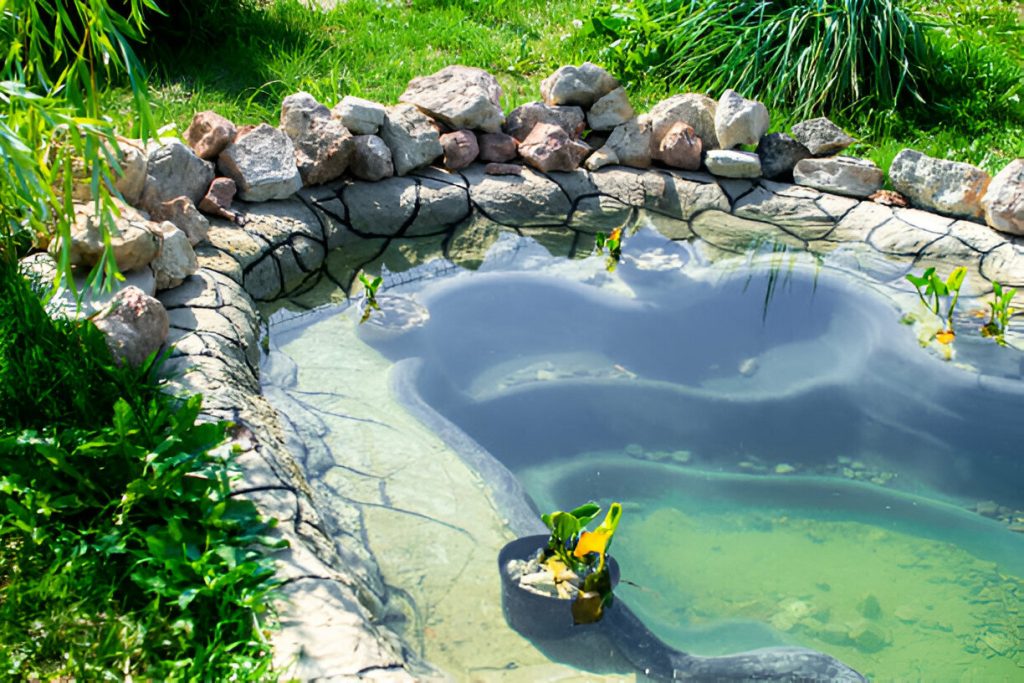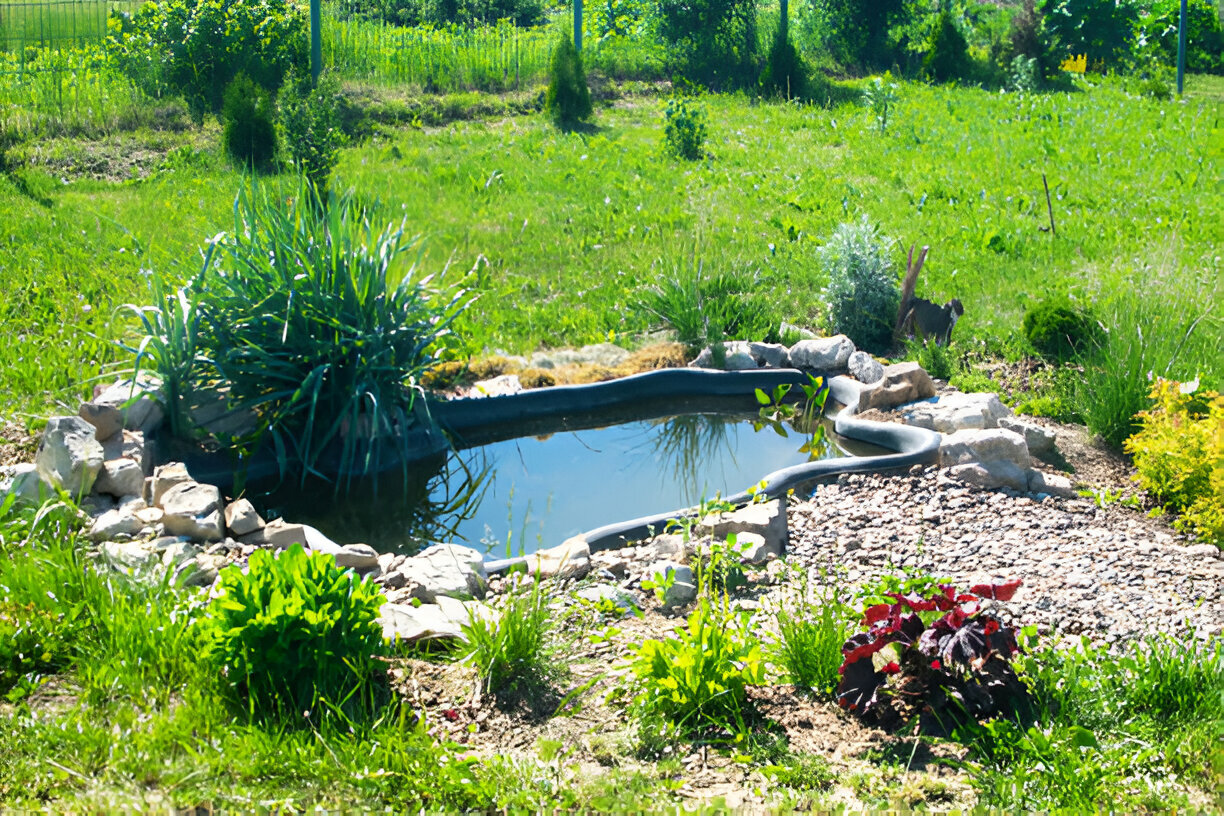A backyard pond adds beauty, calm, and natural charm to any outdoor space. But if water keeps leaking, the peaceful feel is lost. This is where pond liners come in. They quietly hold it all together and keep your pond water in place. Whether making a koi pond, a wildlife spot, or a fancy water feature, picking the right pond liner is vital.
Using good materials and getting help from experts is wise when setting up or fixing a pond. Oase pond equipment is a favourite choice for folks needing trusty tools for filtering and adding air to ponds. In the UK, That Pond Guy in Kent gives reliable help with pond setups, fixes, and upkeep, ensuring your pond looks and works as you dream.
What’s a Pond Liner?
A pond liner is a flexible or stiff layer that stops water from leaking into the ground. Most home ponds use flexible liners of man-made types like EPDM rubber or PVC. These are strong, last long and easily fit into custom designs.
Stiff liners—often made of pre-shaped plastic or fiberglass—are also options and suit smaller ponds with easy forms. They are simpler to set up but lack designing freedom.
Types of Pond Liners
Several kinds of pond liners exist, each with its good and bad points:
EPDM Rubber Liners
Very tough and standing up to sunlight, EPDM liners are loved for big or odd-shaped ponds. They are flexible and straightforward to set up, though they cost more than PVC.
PVC Liners
These are cheaper and lighter than EPDM but not as tough. PVC liners can go brittle in long sun exposure, so they are better in shaded or little ponds.
HDPE and Butyl Liners
These are less common but very good against sun and weather. Butyl is rubber-like, acts like EPDM, and is often used in pro setups.
Pre-Formed Liners
Best for first-timers or little garden ponds, pre-formed liners come in set shapes and sizes. They’re easy to drop in and fill but have less room for custom work.
How to Pick the Right Liner
Picking the right pond liner hinges on several points:
- Pond Size and Shape: Flexible liners suit big or uniquely shaped ponds.
- Budget: PVC is more wallet-friendly, while EPDM and butyl last longer.
- Lifespan: Think about how long the liner will last. EPDM liners can go 20-30 years with care.
- Setup Needs: If unsure how to DIY, hire a pro for watertight, easy setup.
Setup Tips
Proper setup is essential to avoid leaks. Clear the pond bed of sharp bits or junk, and add an underlay to guard the liner. Gently place the liner over the pond and let it fit its curves. Add water slowly while smoothing out folds.
Upkeep and Fixes
Even with top materials, your pond liner may need care. Tree roots, moving earth, or accidents might cause leaks. Check it up and patch it quickly to make it last longer.
For small leaks, you can buy pond liner fix kits. But for big problems, calling pros who know various liner types and pond setups is smart.
Final Thoughts
Pond liners are the base of any good pond project. Spending on the right liner—and caring for it well—means enjoying clear, leak-free water for many years. Whether building a new or fixing up an old pond, using trusted products and seeking help from pond pros can make a big difference.


